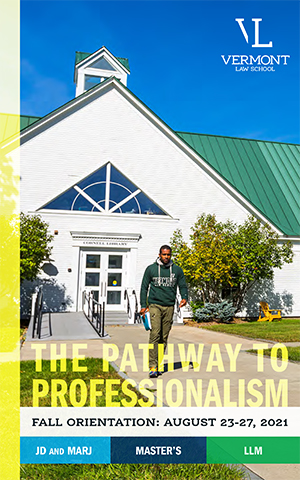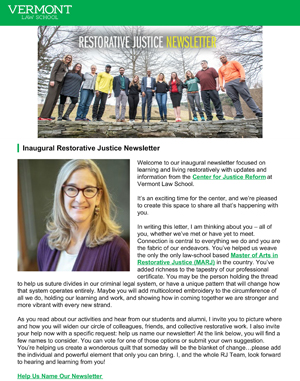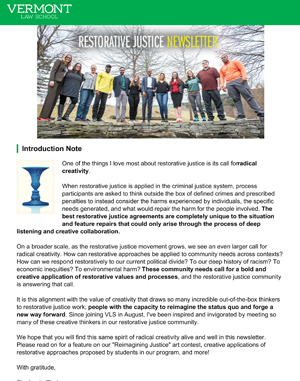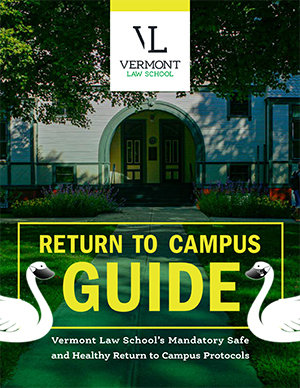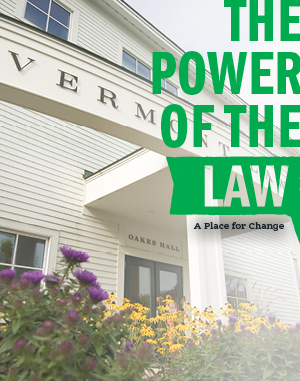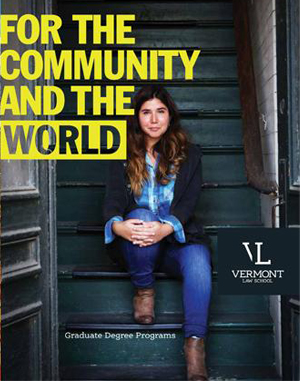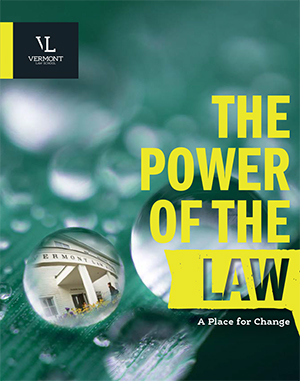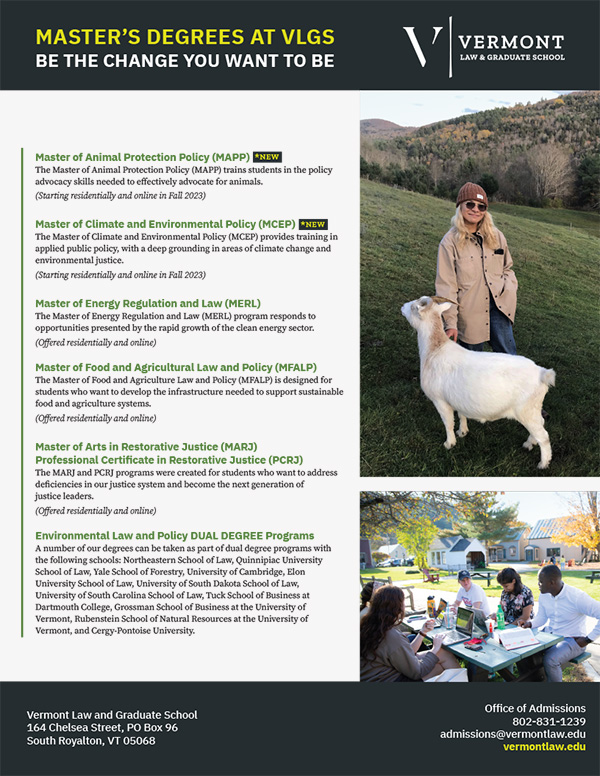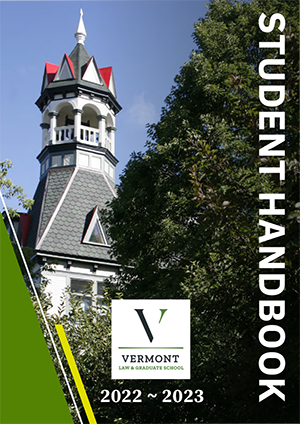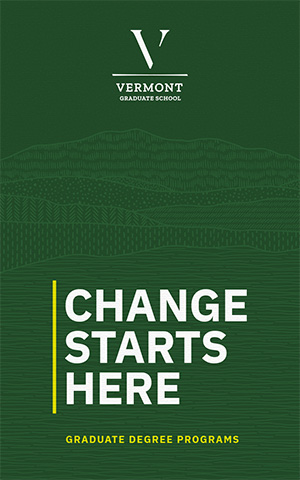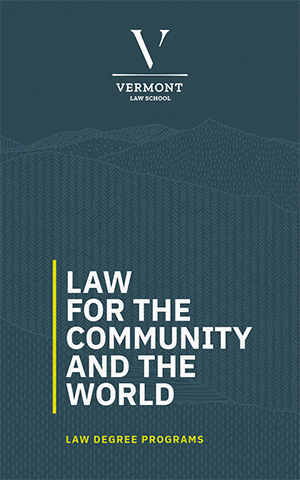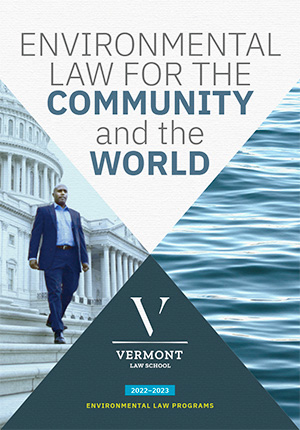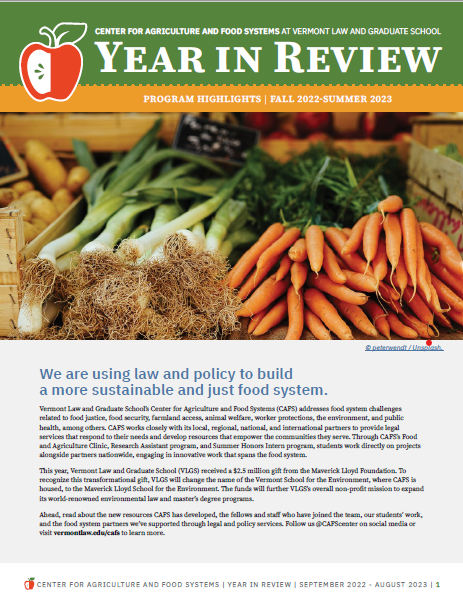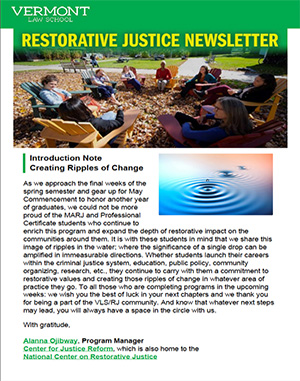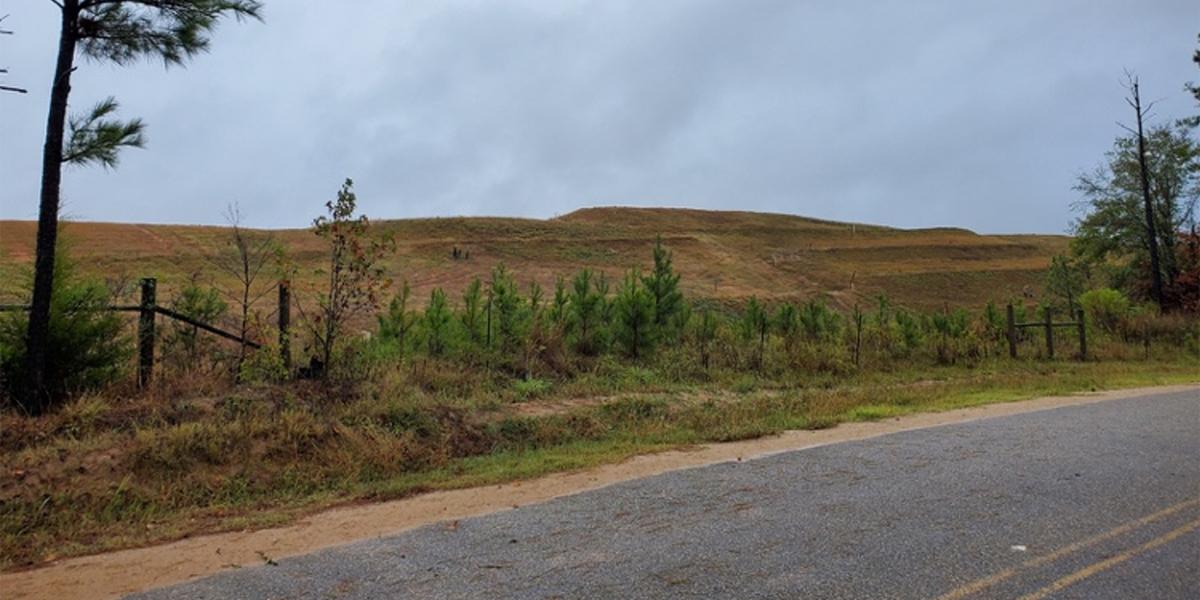by Jerry Thomas JD/MELP’21
May 7, 2020
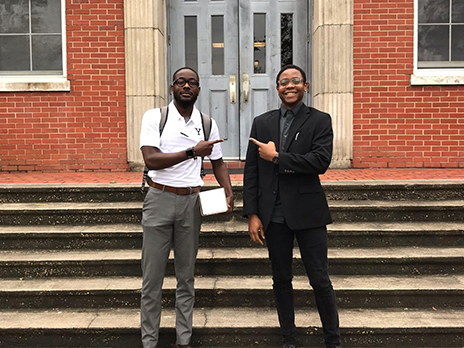
As a member of Vermont Law School’s new Environmental Justice (EJ) Clinic, I recently had the opportunity to visit and work with members of the Ashurst Bar/Smith community in Tallassee, Alabama, who are being subjected to the negative effects of living near a large solid waste landfill.
Time and again, Tallassee residents have been let down by their government. The Ashurst Bar/Smith community was established after the Civil War by newly emancipated people, and the land in the area has been passed from generation to generation. For the families here, land ownership is a point of understandable pride. Not only were they able to maintain black land ownership against all odds, but their property sits on the top of a beautiful ridge, with what used to be fresh spring water running across the land.
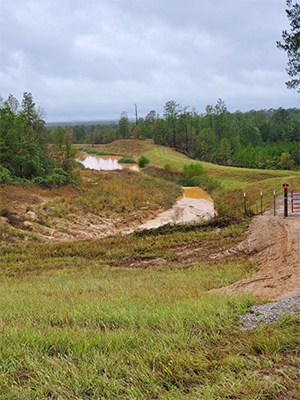
Tallassee was described as an Eden—the residents were able to play in the stream, pick and eat whatever produce was growing, and enjoy being outside whenever they wanted. But then the state approved the operation of a large landfill licensed to take waste from all of Alabama—and three counties in Georgia—at the top of the ridge, and now community members not only smell the waste on a daily basis, but also fear the landfill is related to high asthma rates and other health effects.
Along with Professor and Director of the Environmental Justice Clinic Marianne Engelman Lado, we travelled to Tallassee with two Yale School of Public Health students who showed us how to administer health surveys and set up personal air monitors. My EJ Clinic team partner, Ashley Harper ’JD21, and I met with our client and learned more about the community. We also elicited the help of local students to administer surveys and check on monitors after we left. Proving legal claims and providing vital information to the community required that many perspectives—from scientists, public health majors, and community leaders—come together
"People welcomed us into their homes, church services, and community. Getting to go to Alabama and meet the clients added a real sense of verisimilitude that you can’t get in a classroom." — JERRY THOMAS JD/MELP’21
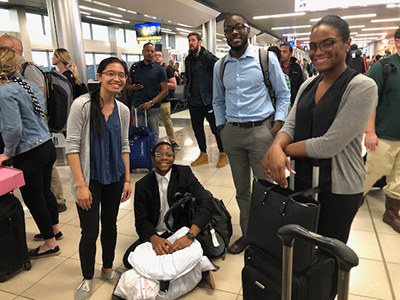
The trip solidified my desire to do this type of work. People welcomed us into their homes, church services, and community. Getting to go to Alabama and meet the clients added a real sense of verisimilitude that you can’t get in a classroom.
Although I had been writing a memo concerning potential legal claims that community members might raise, their situation became more palpable once I was there. It was much more impactful to see the landfill and to speak to residents. Their experiences are more than just words on paper. It only made me want to work that much harder. The four days flew by and I was sad to go, but I was ready to get back to work and produce something useful for them.
A recent Hothouse Earth Podcast episode followed Jerry and fellow students on their trip to Tallassee. Episode 8: Environmental Justice »
To learn more and subscribe to Hothouse Earth, visit hothouseearthpodcast.com.



